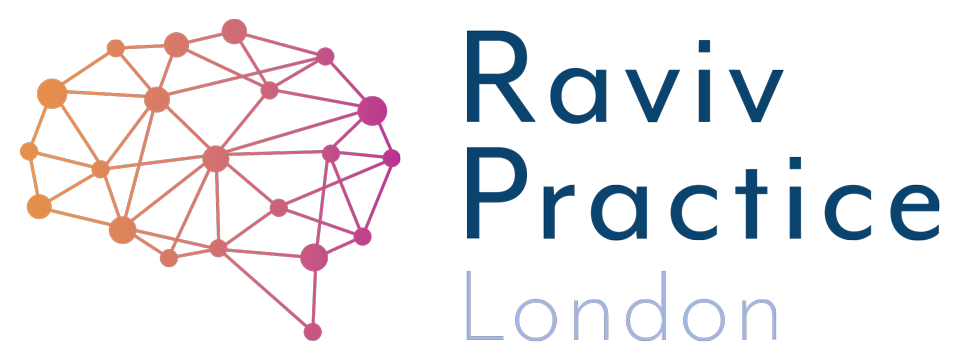How can I get rid of my child’s fear of maths once and for all?
How can I get rid of my child’s fear of maths once and for all?
Stress and anxiety about studying maths is very common among children of all ages. You might even remember yourself struggling with it at school, or maybe you found a way to get to grips with it. Only a lucky few seem to be born with a love for maths!
So, how can you help them overcome this?
This blog is about the most common problems that occur when a child dislikes maths, and provides some practical help on how to help them so they can start on their path to finally loving maths.
“Counting and saying numbers is not the same as understanding their value as greater or lesser than another number”
1. Reversing their numbers
When children learn to write numbers, it is normal for them to reverse the direction of the symbol. This means you may them writing the letter “p” in place of the number 9, or “E” in place of a 3. This is quite common and usually resolves itself by the age of about 7 years.
If this problem persists beyond the age of 7, there is a way to help. Write the problem number on a whiteboard positioned at your child’s eye level and ask them to trace it. Help them by putting a dot where they should start writing the number. Numbers should be worked individually and measure 40cm wide and the correct proportion length-wise.
In order to trace a number of this size, your child will need to make large movements of their body – much larger than they would if just writing it normally – and the process of making these significant movements helps to embed and strengthen the correct shape into their motor memory.
One reason they may be reversing their numbers is because they scan from right to left when reading. While there are processes to check how they visually scan and which eye is leading, tracing the number on a large scale like this helps them understand the body direction with success. You might find it helps them a lot with their handwriting too – it’s all connected!
2. Not understanding the value of numbers
Counting and saying numbers is not the same as understanding their value as greater or lesser than another number. For example, a child may be able to count to ten because they have learnt the sequence by rote, but are they connecting it to a value and the fact that, say, 6 is greater than 5?
You can check this, and help them build that important understanding by getting them to walk and clap at the same time as counting. Get them to walk forward one step and count it, and then two, and so on, so that they understand the relationship between a number and a real world example. The movement and counting should be in tandem. If they find it problematic, just slow them down , do the walking and clapping alongside so they can follow the slow pace or even use a staircase with wide steps, this can really help too.
By making them move forward and count forward at the same time, they see the steps increasing, and can physically make the connection between counting forward and moving forward. Once this is successful, they can do the process in reverse, walk backwards and count in reverse. Doing this exercise helps them understand numbers increase incrementally by one. They can also jump forward and count, if you want to mix things up and make it more fun!
3. Incorrect number sequencing
By this we mean writing numbers with more than one digit in the right order. For example, “twelve” = “12”. When children write 21 in place of 12, they don’t understand the symbols need appear in a certain sequence. By writing the numbers vertically and stacking the number beneath one another, they can see the pattern emerge. A teen number starts with a one and twenty with a two.
Once your child has mastered the step above, they need to demonstrate they can read numbers correctly from left to right. Present numbers individually and ask them to read what they see. You then say a number and ask them to write it. When children try to write thirteen, they hear the three first, so often they will write “31”. The number stacking exercise above helps them eliminate the problem, and writing/reading individual numbers helps them remember what they were practising before.
They might also experience problems reading or writing numbers that sound similar. For example, 13 and 30, because they sound very alike and start with the same sound. Saying numbers slowly and exaggerating the sounds can help with this. If your child cannot demonstrate this skill with ease, you may wish to check they do not have auditory processing concerns.
“they must be able to hold the image of the number in their head so they can move forward. It is easy to lose count if we don’t either say it out loud or have a mental image”
4. Miscounting
Children can miscount because they forget which number they have just said. This is something all children will need to practice to get right, but if they are continuing to struggle, a good trick is to get them to visualise as they count. So if they are counting to one thousand, they must be able to hold the image of the number in their head so they can move forward. It is easy to lose count if we don't either say it out loud or have a mental image.
Working with numbers is not easy, but the steps above can help move them forward to success. Breaking down the problem helps you see where their strengths and weaknesses lay.
As we said at the beginning, problems with maths are very common, and I have helped a lot of children overcome these challenges over the years. Here is one great parent’s story you might find very interesting!
Hopefully, these exercises will help you and your child, but if you are still experiencing difficulties, please do get in touch to see if there is something more we can do.
Other blogs related to maths you might like :----)
Dyslexia? Dyspraxia? ADHD? ASD? Speech & Language? Developmental Delay? Anxiety?
Is every school day a struggle? As a parent, you may feel exhausted and on this journey alone. Each year you see the gap getting wider. You need to do something - change the approach, help your child learn for themselves, find a way to turn this around - to help while you can - do this NOW. the first step is free.
About the Author
Usha Patel is a Neurocognitive Therapist and Director at Raviv Practice London. Parents searching to help their suspected/neurodiverse child can get evidence-based solutions with results in as little as 8 weeks. Those in search of jargon-free help can get started straight away.



